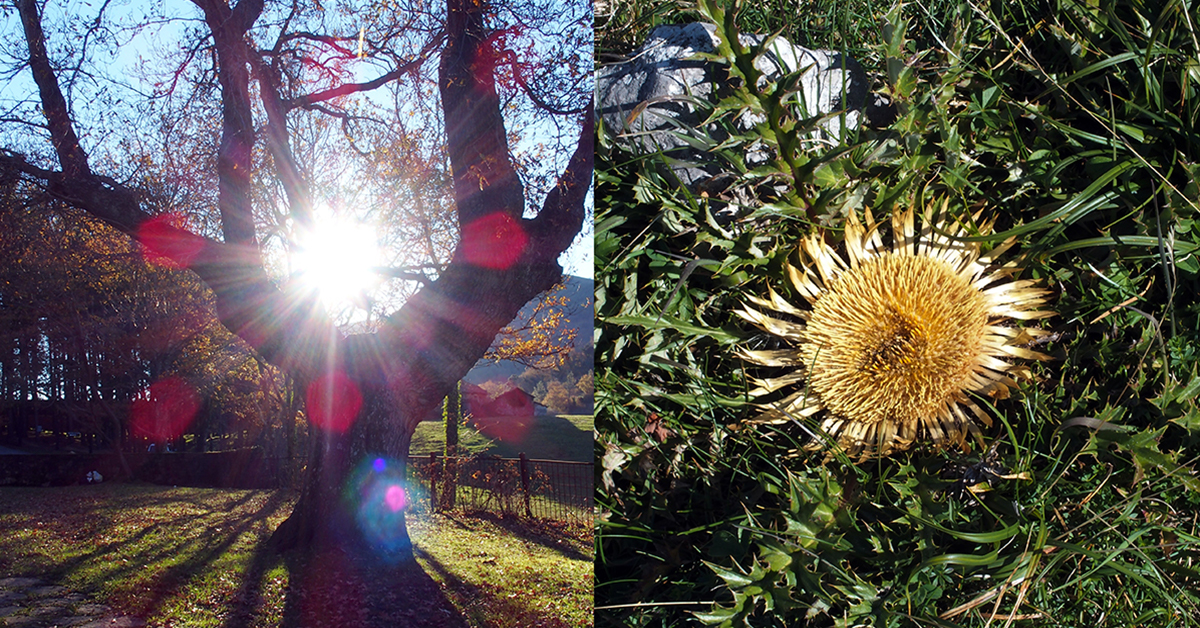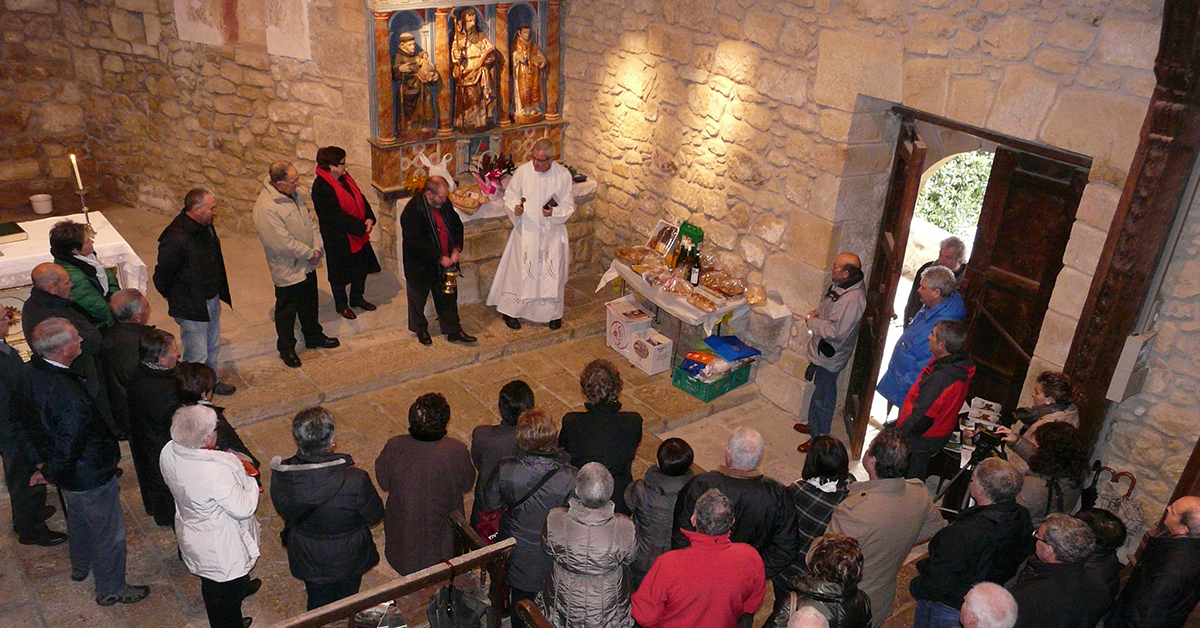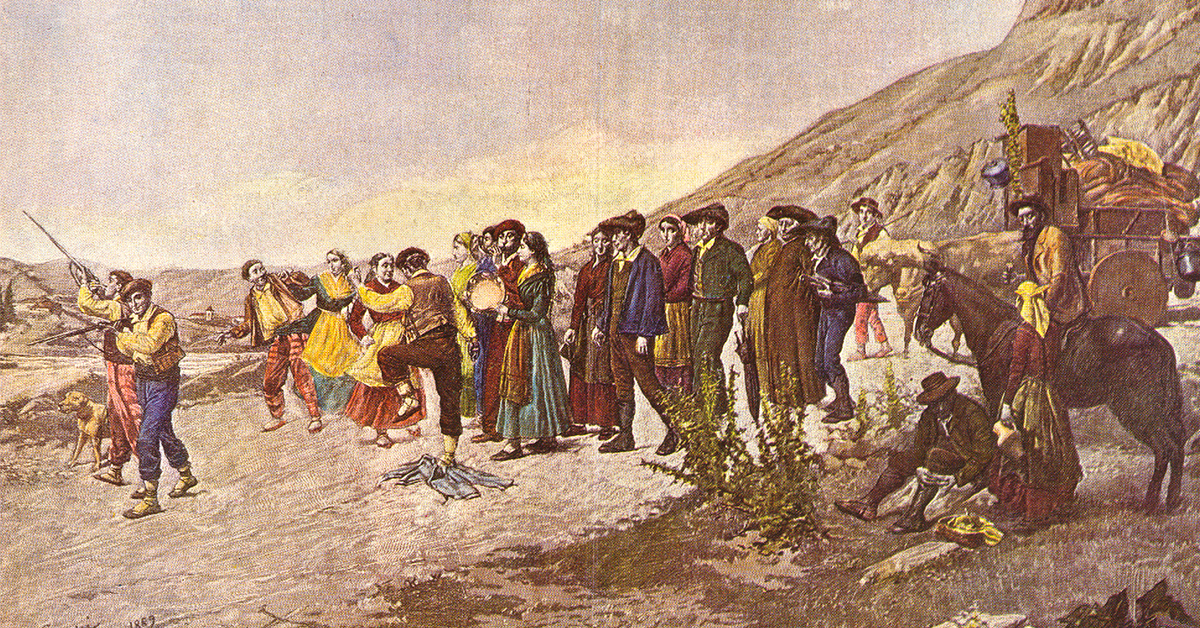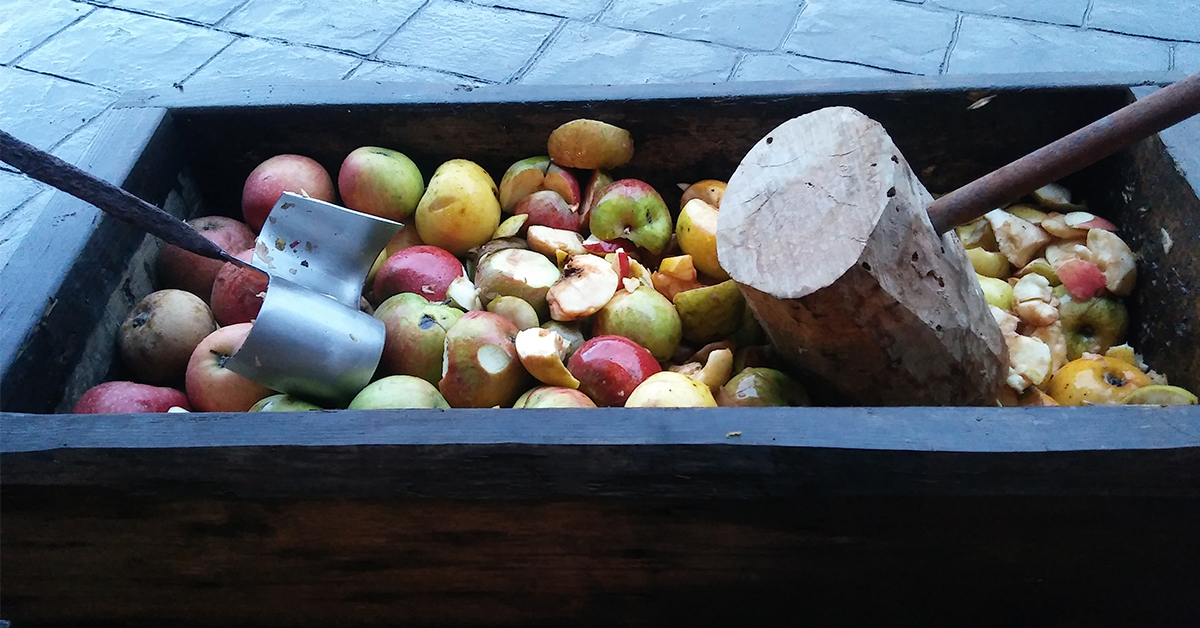Basque ethnography at a glance

Carlina acaulis, protector of the home, and its source of inspiration: the Sun. Author: Emilio Xabier Dueñas.
Are we aware of how much we depend on time and how much we value each moment? Having reached a certain age, and perhaps generalizing, the present seems increasingly insubstantial, imperceptible; we cannot even feel it. The past is dim and distant, unless memories captivate us with experienced emotions. And the future inevitably becomes the present…, or the other way round.
The diverse methods for measuring existence, events and the unfolding of human life have, believe it or not, undergone more than their fair share of comings and goings over the years, acceptance according to religious confession, lags and updates. That is exactly what calendars were created for, though we do not know whether they originally measured the length of the day, the week or the year.
Within the private sphere of families, community groups and neighbourhood associations, certain traditions (songs, improvisations, stories and legends, musical and rhythmic internalizations or informal dances) emerged and achieved great social and recreational impact. Spreading throughout the peninsula since the 16th century, this social phenomenon would be likewise echoed in the Basque Country, manifesting itself in a generalized, spontaneous manner which was hardly subject to standardization.

Blessing of products for auction. Garai (Bizkaia), 2013. Igone Etxebarria. Labayru Fundazioa Photographic Archive.
The feast day of St. Anthony Abbot is in the dead of winter on 17 January (the 13 June is the feast day of St. Anthony of Padua). Once Christmas is over and in the run-up to Carnival, there is a series of festivities that are deeply rooted in the life of our baserritarras (people living on the farmsteads): along with St. Anthony, Candlemas is on 2 February, St. Blaise on the 3rd and St. Agatha of Sicily on the 5th of the same month. French toast is usually eaten on all of them and, to a certain degree, they are all part of the Carnival season that is just around the corner.
In the case of St. Anthony, he is very beloved as he protects animals. He has been a renowned saint and his feast day is particularly important in those places where livestock has been a mainstay of the local economy.
Life at the traditional farmstead revolved around what the land needed and provided at each time of the year. And autumn is apple season. Time to harvest the fruit. Each year is different and yields are better in some than others. This has been one of them. We now have to work out what to with such a glut of apples. So, we make apple compote, eat them fresh from the tree or even share them out among our friends, so the apples do not rot.
In the past, cider was made on most farmsteads and where cider was produced, pitikin or ciderkin was usually made as well. Alejandro Olabarria, from the Udiaga neighbourhood of Orozko, still makes ciderkin. That is what he had already seen at home and what he continues to do year after year. One of his uncles, it seems, used to make cider, but that was before Alejandro’s time. He remembers that there was a time when apples used to be sold to a wholesaler from Basauri. The apples were taken down to the town in a cart pulled by oxen and were then transported by car to Basauri. He also remembers apples being sold to private customers at a flat rate per apple and they had to pick them.



